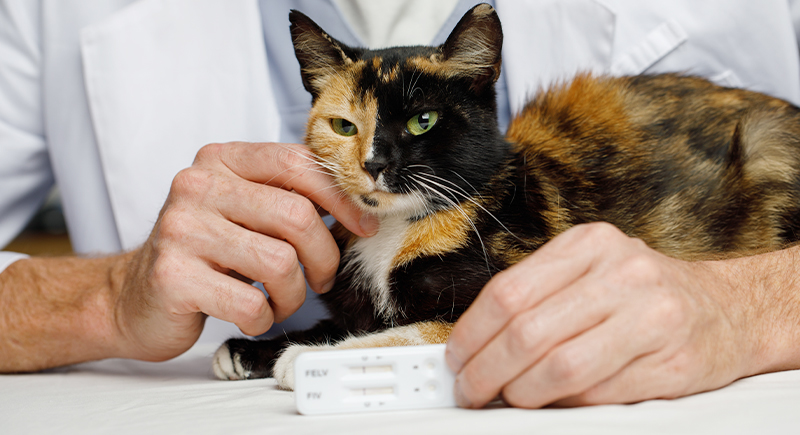This Shelter Cat’s Reaction to Its Caretaker Leaving Is Incredibly Heartwrenching
At a Chicago shelter, Burp the cat had just finished his time outside the kennel when staff tried to guide him back in. Instead of settling, he resisted, pressing his body against the bars the moment the door closed. The video of that small but desperate act quickly spread on TikTok, drawing hundreds of thousands of responses.
Viewers described the scene as heartbreaking because Burp’s need for connection was so raw. Unlike many stressed shelter cats who retreat into corners, he leaned forward, begging for contact. That emotional display turned him into a symbol of how overlooked cats struggle behind kennel doors, especially when medical labels make adopters pass them by.
The Emotional Reality for Shelter Cats

Image via pexels/Mia X
Cats arriving at shelters face a sudden loss of control over their environment. New sounds, strange smells, and unfamiliar cats surround them. Many of these animals arrive frightened and appear unfriendly simply because they are overwhelmed. Experts in feline behavior recommend giving them at least a day to settle before anyone tries to interpret their temperament.
During this period, a cat is better able to observe activity without direct confrontation, and staff can reduce stress by housing them in calmer areas away from barking or crowded cages. Placement in bottom-level cages often increases fear because cats dislike being looked down upon.
Burp’s clingy response in the viral video highlighted a different side of this adjustment period. Instead of retreating, he held tightly to, most likely, one of the caretakers who gave him reassurance. That small act of trust illustrated how life inside a kennel can sometimes magnify a cat’s true emotional need: continuous contact with someone who feels safe.
Misunderstanding FIV and Its Impact on Adoptions
Burp’s case gained attention partly because of his FIV status, which stands for Feline Immunodeficiency Virus. The diagnosis creates hesitation among potential adopters, yet most of the common fears are based on misinformation.
FIV does not spread casually through shared food or grooming. It requires deep bite wounds, which are rare among neutered indoor cats. With proper care, cats living with FIV can enjoy long lives and coexist safely with non-FIV cats. Many owners report that their FIV cats show affectionate and loyal personalities.
Even so, shelters often struggle to place these cats because the label overshadows their temperament. Burp represented this challenge clearly: a cat overflowing with affection who kept being passed over because of a condition that posed little risk in the right environment. His story reminded adopters that education matters just as much as compassion when deciding to welcome a new pet into the home.
The Role of Gentle Handling in Shelters

Image via iStockphoto/JNemchinova
Behavior specialists emphasize that handling techniques strongly influence how cats appear to staff and adopters. Forceful removal from cages, scruffing, or dangling tends to trigger defensive aggression, which can lead to unfair labeling.
Meanwhile, effective handling involves calm movement, supportive holds, and reassurance through a soft voice and light touch. Observing a cat’s body language before interaction prevents unnecessary fear. You can also leverage small distractions like toys or baby food to encourage curiosity and reduce tension.
These techniques reveal a cat’s actual temperament instead of an anxious reaction. Burp’s caretaker modeled this approach in the widely shared clip and allowed him to press against her chest and find comfort.
The bond shown online wasn’t created by chance. In fact, it probably came through patient, gentle interaction that allowed Burp to trust. His visible need to remain close to the professional underscored how proper handling can turn an anxious animal into a cat who shows affection openly. These lessons apply to every shelter, where small adjustments change adoption outcomes.